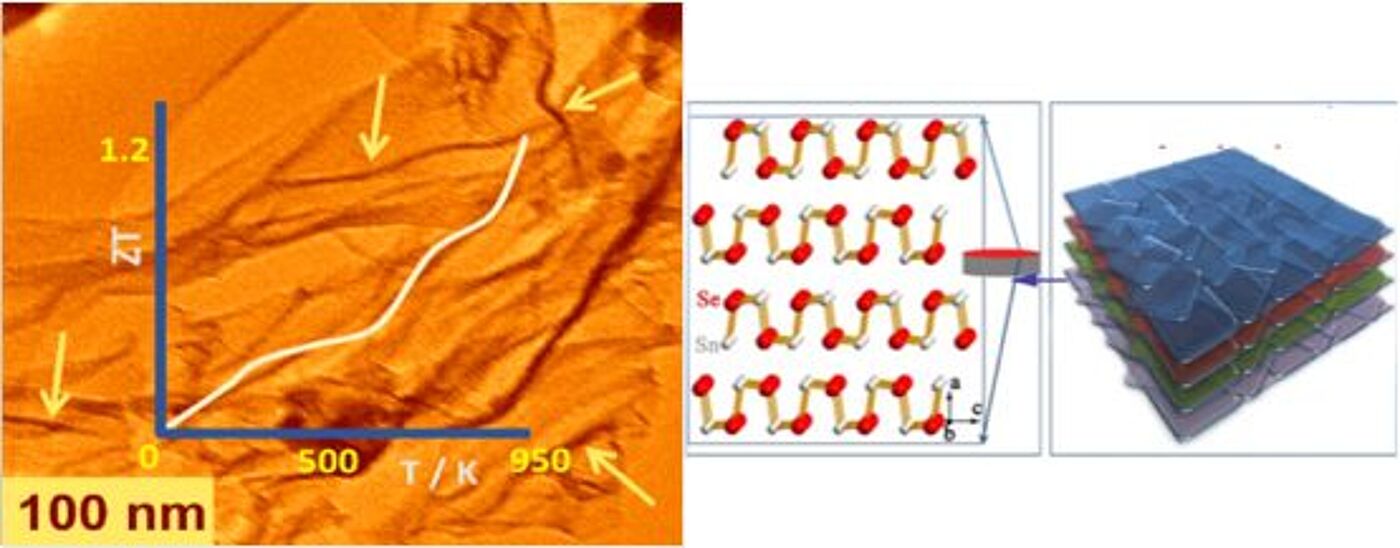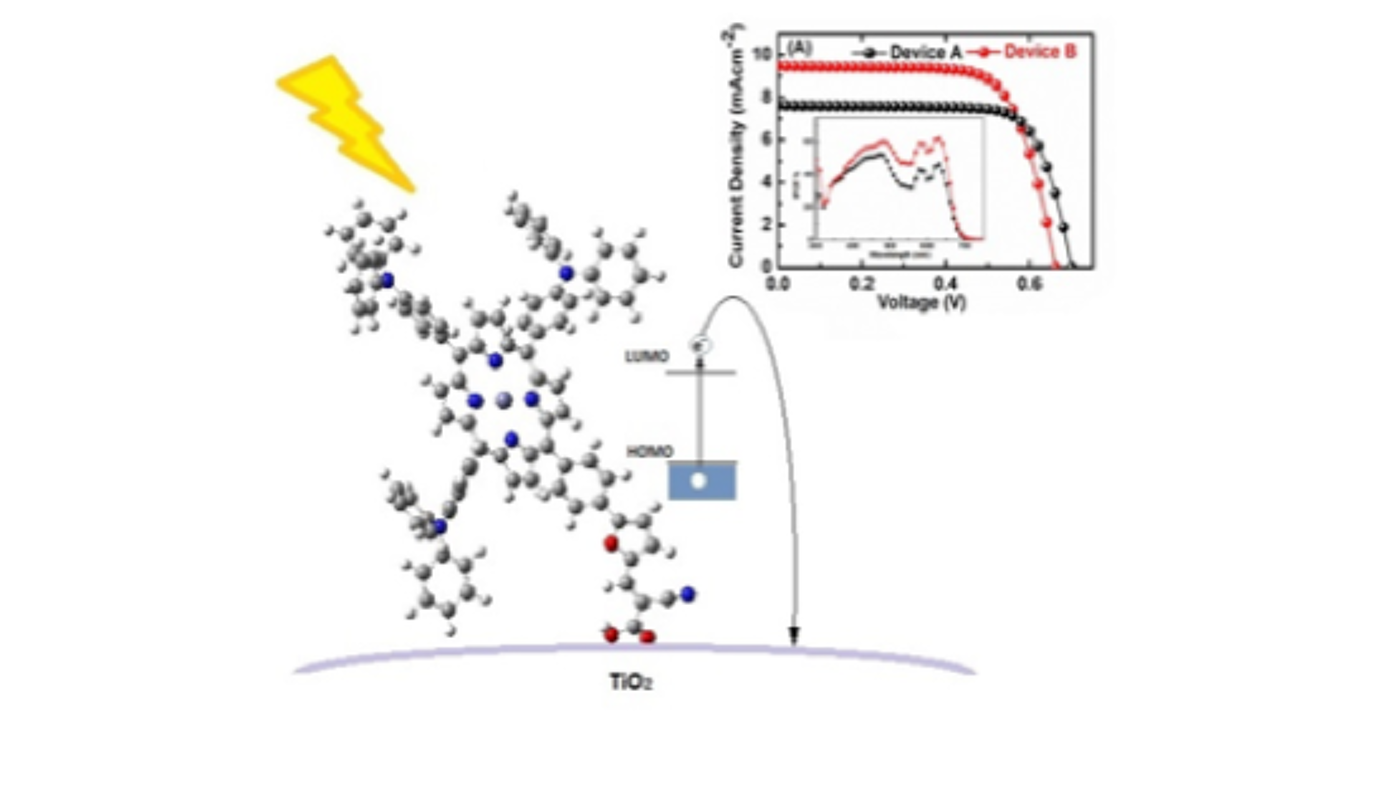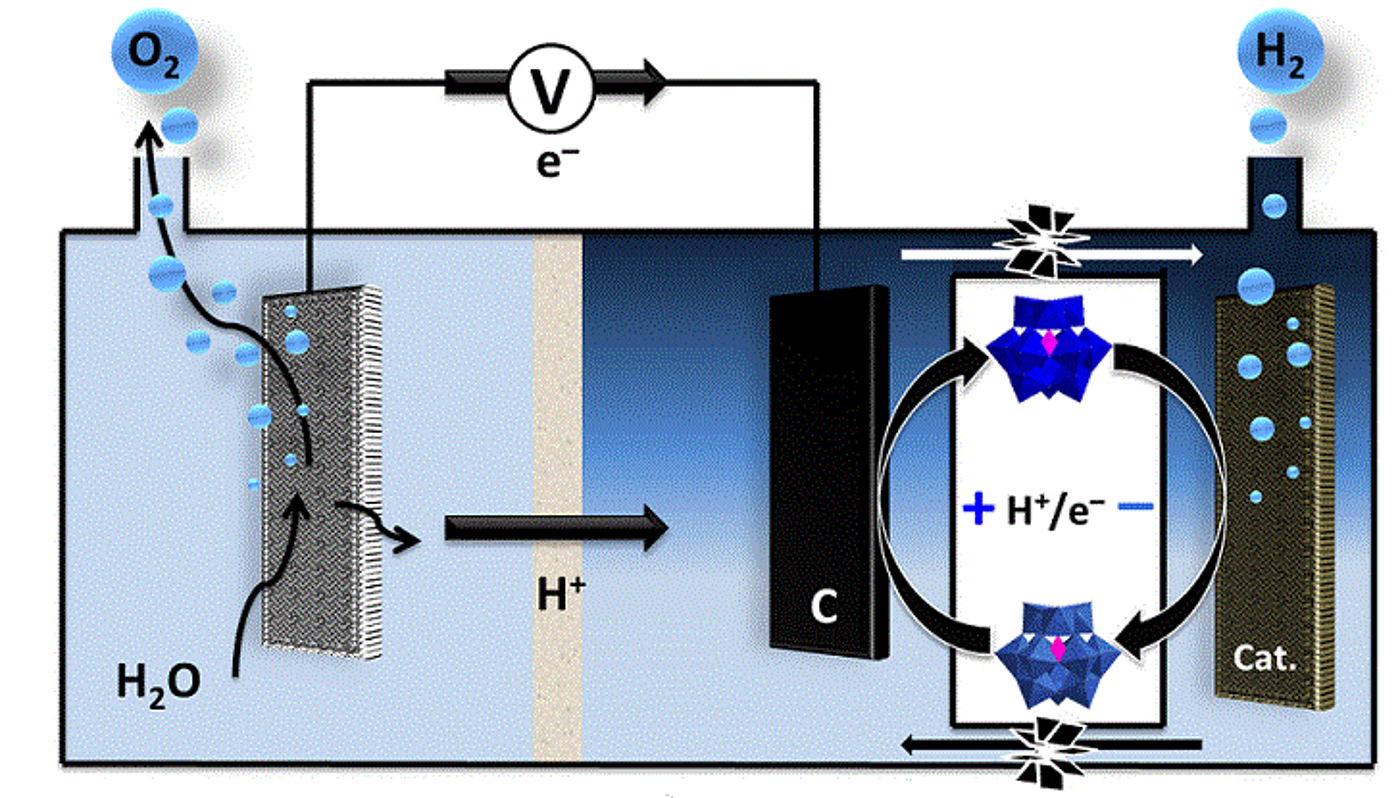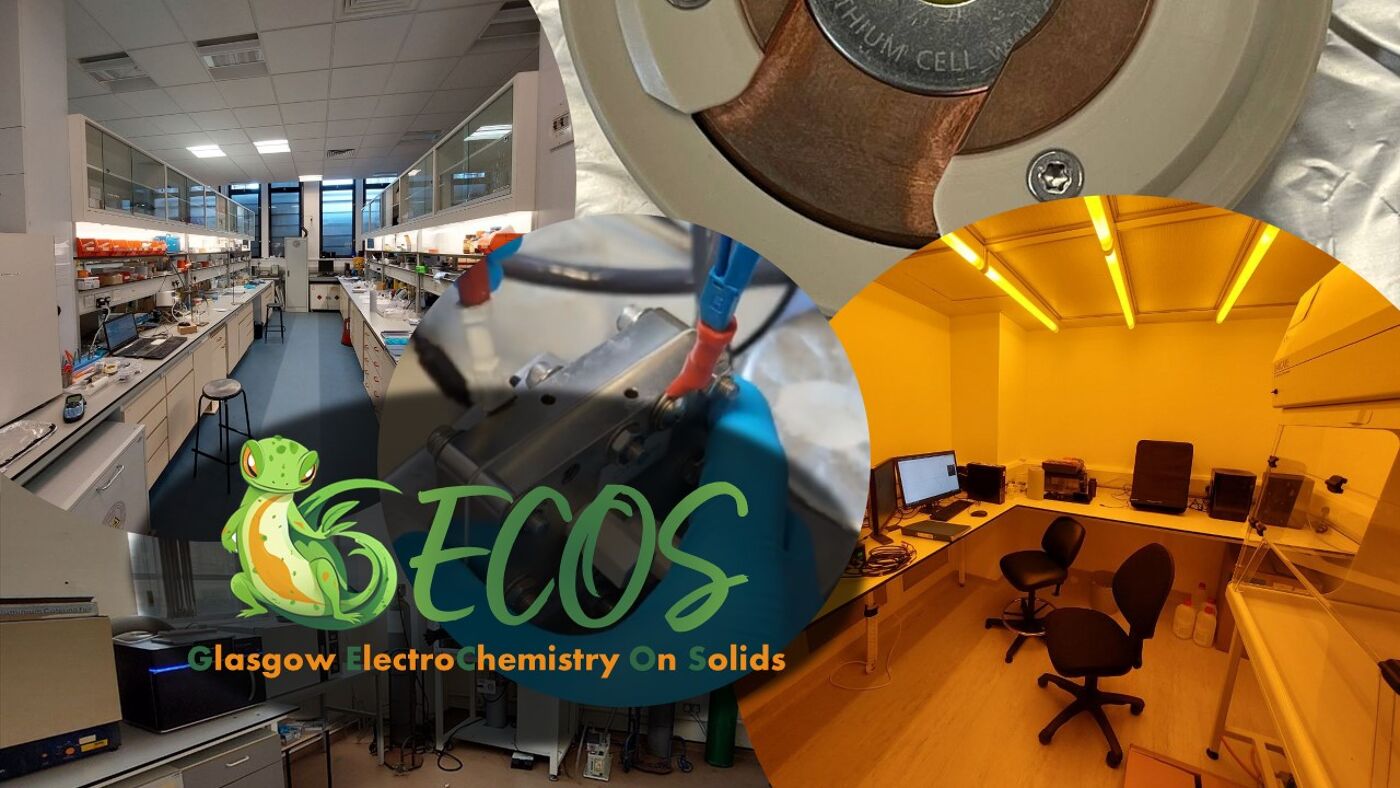Energy Conversion and Storage
We are pioneering innovations to combat climate change, from advances in optics and photovoltaics to carbon capture and hydrogen production. Our technologies encompass OLEDs, solar cells, water electrolysis, batteries, and carbon dioxide conversion. Through rigorous development and testing, we quantify and optimise these technologies to enable carbon-neutral solutions, reducing emissions and energising a sustainable future.

Nano-thermoelectrics: Energy harvesting & waste heat recovery
Research in the Gregory group is focused on the design and discovery of new energy materials with applications in batteries, fuel storage, gas purification/capture and thermoelectric devices among others. The energy-efficient synthesis and processing of materials is also a huge driver in the group’s work.

Perovskite Solar Cells and Optoelectronic Devices
Dr Docampo's multidisciplinary research lies at the interface between Chemistry, Physics, and Engineering; and is centred on the development of hybrid halide perovskite devices, including photovoltaic and light-emitting applications. His group focusses on:
- Perovskite degradation and stability.
- Sustainability of perovskite solar cells.
- Perovskite LEDs and perovskite light-emitting electrochemical cells.

Self-assembled soft materials for functional materials
The Draper group is working on the synthesis, assembly, characterisation and processing of small organic molecules for the use in soft functional materials. We use these to tailor the molecules and assembly process in order to make materials such as flexible conductive films, chromogenic windows, organic electronics, conductive cell scaffolds and for nuclear waste decontamination. In order to understand the properties on every length scale, and how best to use our materials we use in situ characterisation techniques such as small angle neutron/x-ray scattering, rheology, electrochemistry, nanoindentation and NMR and UV-vis absorption spectroscopy. Draper group web page

Synthesis of Redox Active Stable Free Radicals and Photochemistry of Light-Switchable Ketones
The Bucher group uses chemical synthesis, methods in physical organic chemistry such as ns time-resolved pump-probe spectroscopy, and quantum chemical methods to study molecules of interest for storage and conversion of chemical energy.

Organic photovoltaics and batteries
Research in the Cooke Group covers the following areas:
(i) Organic solar cells
(ii) Dye sensitized solar cells
(iii) Perovskite solar cells
(iv) Organic lithium and redox flow batteries

Electrochemical Technology
Mark Symes and his group are interested in all aspects of electrochemistry, electrocatalysis and electrochemical technology. In particular, the Symes group are interested in developing new systems for electrolytic water splitting, electrosynthesis, and electrochemical and sonochemical routes for nitrogen fixation.
Cell Rep. Phys. Sci. 2022, 3, 100914
Adv. Energy Mater. 2020, 10, 2002453

Low-Power Displays and Lighting, and Solar Cells
Organic electronics and photonics are the key interests for the Skabara group. The research is application driven and involves making and testing materials for organic lasers, OLED and hybrid displays and lighting and photovoltaics. The group is best known for its ability to synthesise novel organic semiconductors. The materials encompass small to large molecules (up to 12,000 Da), well-defined and monodisperse oligomers and polymers prepared by chemical or electrochemical methods. Our labs are well-equipped for device manufacture and characterisation for OLEDs, solar cells and field effect transistors. We collaborate extensively with internationally leading groups and provided them with materials for more sophisticated applications.
Mater. Horiz., 2023, Advance Article
Nature volume 621, pages746–752 (2023)
J. Mater. Chem. C, 2023,11, 8480-8485

Glasgow ElectroChemistry On Solids (GECOS) group
In the Glasgow ElectroChemistry On Solids (GECOS) group we work on solid state materials. We think solids are fascinating to work with and potentially very useful in energy conversion and storage. For example, they show exciting performance for electrocatalytic water splitting, battery applications and CO2 conversion. At our lab we just can't get enough of solid state materials and make them in thin films, slurries, colloids, nanoparticles and powders. Check out our research highlights on the group webpage to learn more about how we turn solids into energy materials of the future.

Light Harvesting for Organic Photovoltaics
The Hedley Lab uses cutting-edge microscopy techniques to study the nanoscale photophysics of organic semiconductors, primarily at the single molecule/single polymer chain level. These materials are widely used in organic solar cells and light emitting diodes, and our work helps to grasp why materials do or do not work, and how efficiencies can be enhanced.

